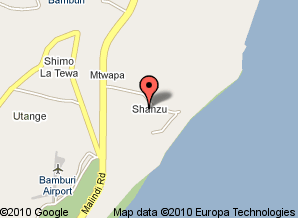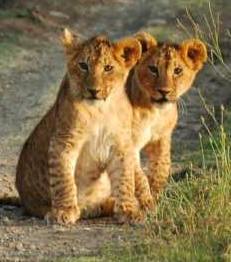GMT/UTC +3 31.6 million Ethiopia, Tanzania, Uganda Rainy (March to May, October to December), dry (January to February, June to September) Country code 254; international code 00 About US$75 a day, although one quality safari could blow it sky-high. Nairobi All visitors need a visa Kiswahili, English, tribal languages 583, 000 sq km |
Kenya Languages & CultureTourism is Kenya's biggest foreign exchange earner. Kenya's wildlife, pleasant climate, beautiful scenery, sandy beaches, range of water sports, good developed hotel infrastructure and hospitable people have made the country one of Africa's most popular tourist destinations. Kenya is made up of more than 70 or so tribal groups. There are also small but influential minorities of Asian, Arab and European origin. More than 90% of the African population falls within the broad categories of Bantu and Nilotic speakers. The different ethnic groups or tribes in Kenya may be grouped in three linguistic classes: Bantus, Cushites and Nilotes/Paranilotes. Bantus comprise 65% of the population, Cushites are 3-4% and Nilotes/Paranilotes around 30-31% Swahili has become the most extended indigenous language in Africa, with some 50 million speakers. It is the official and national language in Tanzania. In Kenya and Uganda it is the national language, since official communications and administration use English. There are many other major tribal languages. Most urban Kenyans and even Tribal people involved in the tourist industry speak English so you shouldn't experience too many problems making yourself understood. Italian and German are spoken by many Kenyans but usually only amongst those associated with the tourist trade on the coast. It's extremely useful, however, to have a working knowledge of Swahili, especially outside of urban areas and in remote parts of the country since this will open doors and enable you to communicate with people who don't speak English. It's also the most common language which speakers of different tribal languages use to communicate with each other. Another language you'll come across in Kenya, which is spoken almost exclusively by the younger members of society, is Sheng. Essentially a patois, it's fairly recent development and, like Swahili, is still evolving. It's composed of a mixture of Swahili and English along with a fair sprinkling of Hindi, Gujarati,Kikuyu and several other Kenyan tribal languages The Maasai are Kenya's best known ethnic group. They have always been a formidable force, even in pre-colonial days. The Maasai have a deep involvement with cattle. "May your cattle flourish" is a typical Maasai greeting. Cattle represent wealth but they also mean food - milk, blood and meat. They also provide leather for sandals and beds and they are a currency for marriage, fines and sacrifices. Life for a Maasai is a series of ceremonies and celebrations. These start from initiation to junior to senior warrior, and junior to senior elder. |

